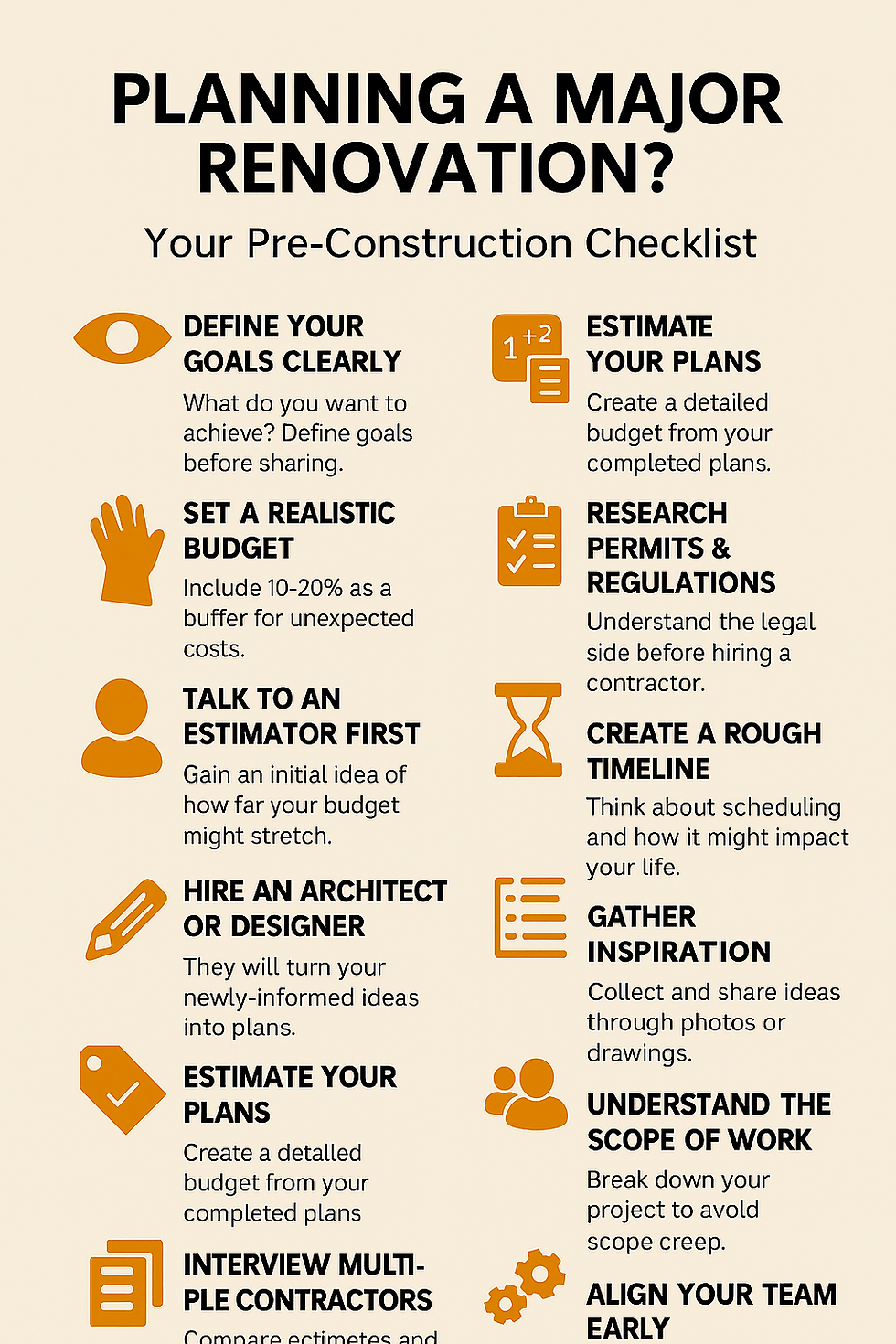Rising Damp: What It Is and How to Stop It in Its Tracks
- Deen Gabriel

- Jul 2
- 2 min read
Rising damp is one of those sneaky structural issues that can quietly undermine a building’s integrity and your indoor comfort. It’s especially common in older homes, but even modern buildings aren’t immune if damp-proofing measures fail. Let’s break down what rising damp is, why it matters, and what you can do to fix or prevent it.

What Is Rising Damp?
Rising damp occurs when groundwater travels upward through porous building materials like bricks, mortar, or stone. This capillary action—think of it like water creeping up a sponge—can carry moisture up to a meter or more above ground level. The result? Damp patches, peeling paint, musty smells, and even salt deposits on your walls.
Why It’s a Problem
Left unchecked, rising damp can:
Weaken structural materials, causing plaster to crumble and mortar to decay
Encourage mold and mildew, which can trigger allergies and respiratory issues
Damage finishes like paint, wallpaper, and flooring
Reduce property value and make resale difficult
Common Causes
Missing or failed Damp-Proof Course (DPC): This is the most common culprit. A DPC is a barrier (often a plastic or bitumen layer) built into the wall to block moisture. If it’s absent, damaged, or bridged by debris or high ground levels, water can rise freely.
Poor drainage: Water pooling around the base of your home increases the risk of damp infiltration.
High external ground levels: If soil or paving is higher than your internal floor, moisture can bypass the DPC altogether.
How to Spot It
Look out for:
Tide marks or damp patches on lower walls
Peeling paint or bubbling plaster
A musty smell or visible mold
Salt deposits (efflorescence) on the wall surface
What You Can Do About It
1. Diagnose Properly Before jumping into repairs, confirm that it’s truly rising damp—not condensation or a plumbing leak. A moisture meter and professional inspection can help.
2. Repair or Install a DPC
Chemical injection: A popular method where a water-repellent cream is injected into the wall to form a new barrier.
Physical DPC replacement: More invasive but sometimes necessary for severe cases.
3. Improve Drainage
Lower external ground levels if they’re above the DPC
Install French drains or soakaways to redirect water away from the foundation
4. Replastering
After treating the damp, remove salt-contaminated plaster and replace it with a breathable, salt-resistant mix.
5. Ventilation and Heating
While not a cure, improving airflow and maintaining steady indoor temperatures can help reduce moisture buildup and prevent secondary issues like mold.
Final Thoughts
Rising damp might sound like a minor nuisance, but it’s a red flag for deeper structural vulnerabilities. The good news? With the right diagnosis and treatment, it’s entirely manageable. Whether you’re restoring a heritage home or safeguarding a new build, staying vigilant about moisture is one of the smartest investments you can make in your property’s health.






Comments